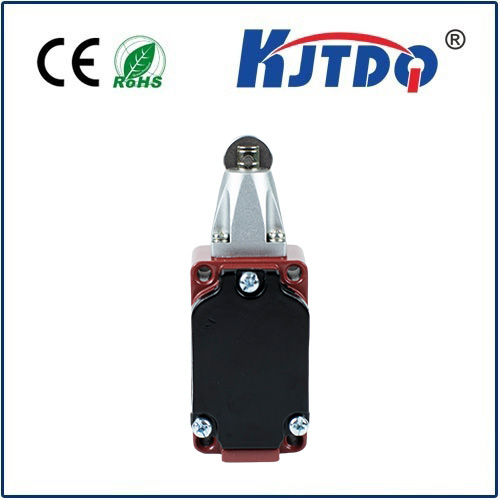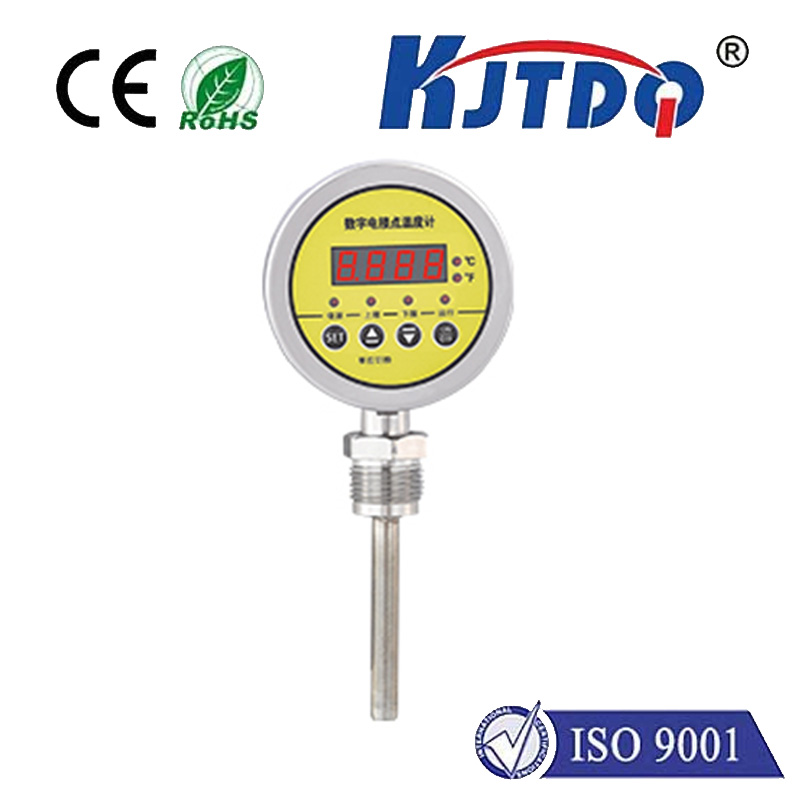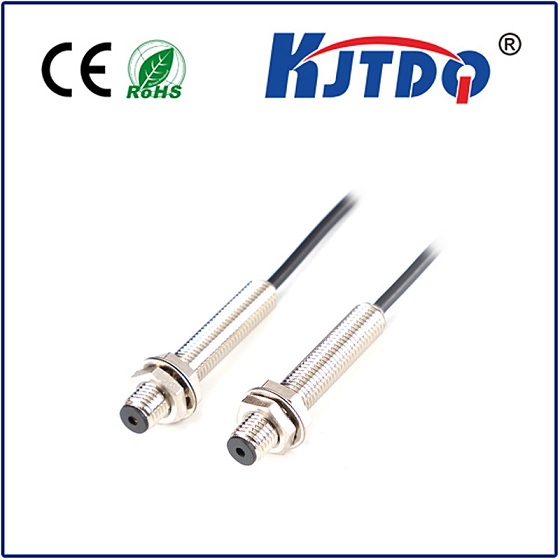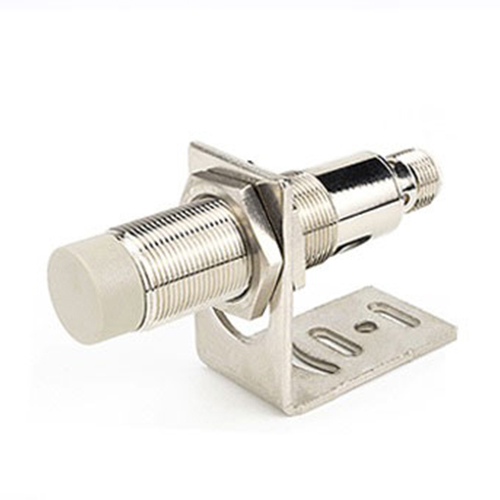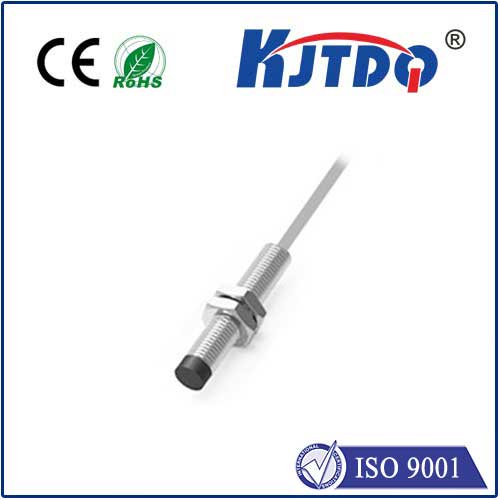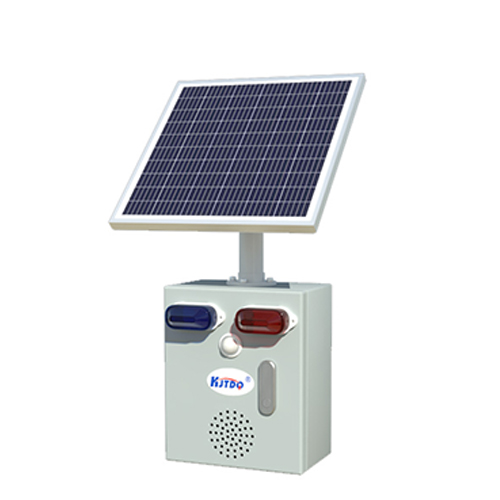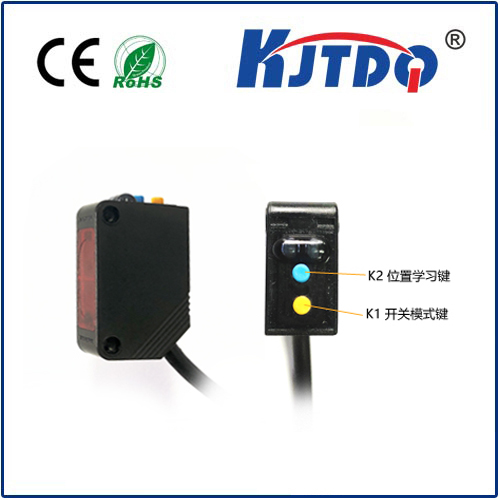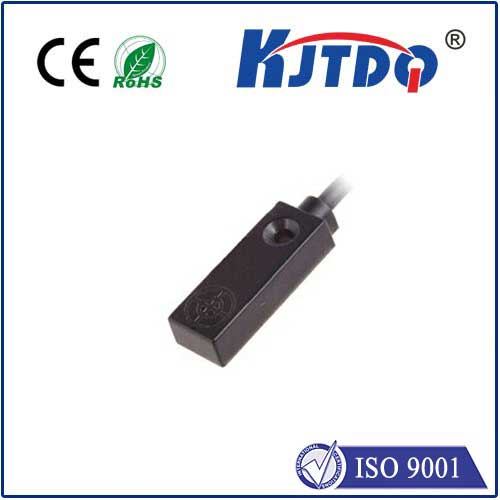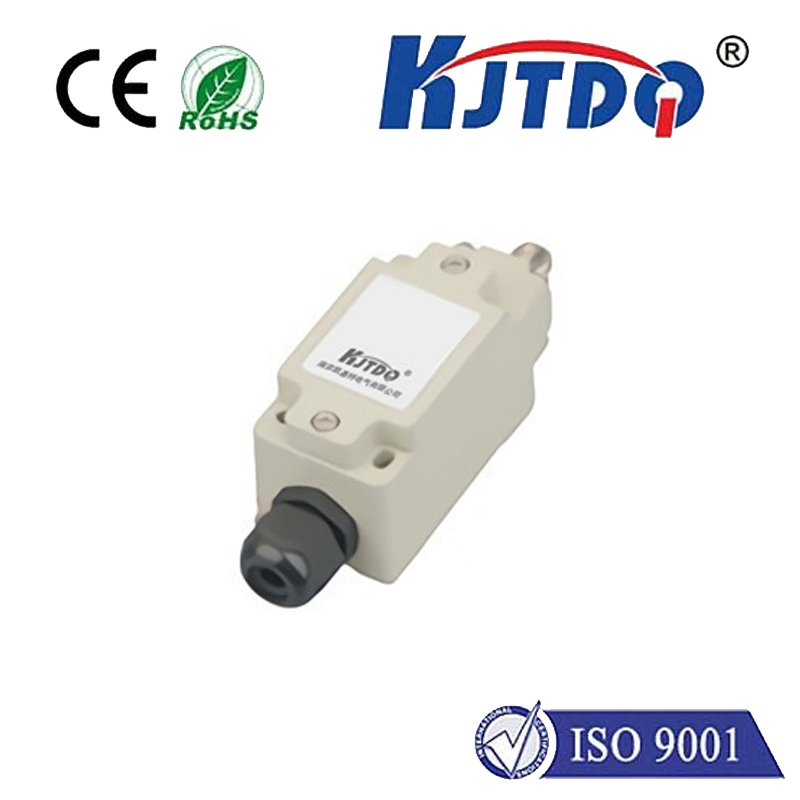

check

check

check

check
Imagine a worker’s sleeve snagging on a fast-moving conveyor belt. In a split second, disaster looms. Now, imagine a robust cable running the belt’s entire length – within easy reach. One sharp pull activates an immediate, machine-stopping shutdown. This isn’t just a scenario; it’s the vital function of the GHLM-I Pull Rope Switch, an indispensable emergency stop device engineered to safeguard personnel and equipment across hazardous industrial environments. It’s a tangible lifeline where milliseconds matter.
Understanding the GHLM-I Pull Rope Switch
Fundamentally, the GHLM-I Pull Rope Emergency Stop Switch is a safety interlock device. Its primary mission is to enable rapid emergency shutdown of machinery from any point along its protected path. Consisting of a durable, coated wire rope threaded through specially designed rope tensioners and terminating at a robust switch housing, the system forms a continuous emergency stop perimeter. The ‘GHLM-I’ designation typically signifies a specific model series, often denoting features like its ingress protection rating (IP66, making it resistant to dust and powerful water jets), robust construction, and reliable switching mechanism suitable for demanding applications.
How The Lifeline Works: Mechanism & Reliability

The principle is elegantly simple yet profoundly effective:
The robust construction of the GHLM-I is key. Harsh industrial settings demand resilience against impacts, vibration, moisture, dust, and corrosive elements. Its IP66 or higher rating is non-negotiable for reliable operation near conveyors where spillage or washdowns are common. Furthermore, its high-grade mechanical components ensure the pull force required is manageable yet sufficient to prevent accidental triggering.
Where the GHLM-I Pull Rope Switch is Essential
This device isn’t a luxury; it’s mandated safety equipment per stringent standards like ISO 13850 (Safety of Machinery - Emergency Stop Function - Principles for design) and region-specific regulations. Its critical applications include:
Beyond Compliance: Tangible Safety & Operational Benefits
Implementing the GHLM-I Pull Rope Emergency Stop System delivers concrete advantages:
Installation and Vigilance: Ensuring Optimal Protection
For the GHLM-I system to perform flawlessly, correct installation and maintenance are paramount:
The GHLM-I Pull Rope Emergency Stop Switch transcends being merely a component; it represents a fundamental commitment to human safety in dynamic, potentially dangerous industrial landscapes. Its robust design, simple yet highly effective activation, and comprehensive coverage make it an irreplaceable element of modern machinery safety systems. Wherever moving parts pose a risk over large distances, installing and maintaining a reliable GHLM-I system isn’t just best practice – it’s an investment in preventing incidents and protecting your most valuable asset: your workforce.
